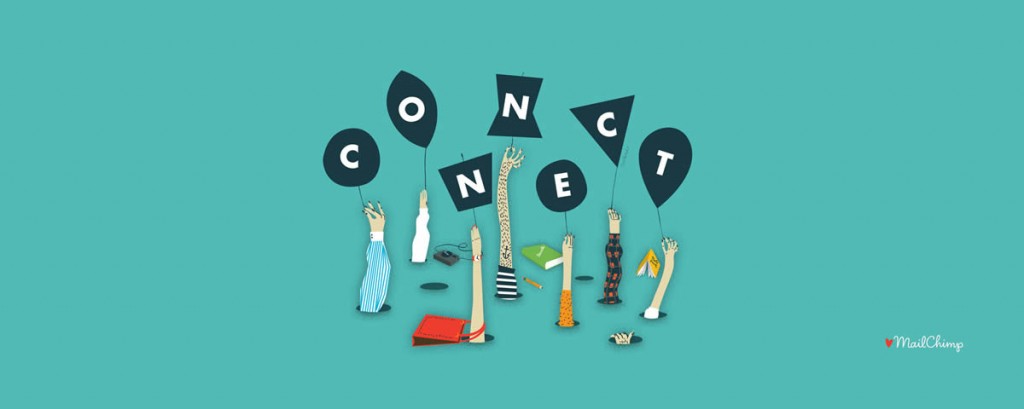Creative Morning London
This september chapter was dedicated to the “connect” theme

On friday I went to my first Creative Morning here in London. I was very eager to take part to this event (in Italy it was one of my favorite monthly appointment) so when a few days ago I was so lucky to get one of the tickets, I felt like I was in heaven.
The september theme was dedicated to the “Connect” subject and the speaker invited to take the lecture was Matt Webb, CEO at BERG, a design studio in London (makers of the famous Little Printer).

He started his presentation with the same concept I heard during the memorable talk of Stephanie Rieger at Generate Conf: “In the future the connection between things will be like the electricity today: simply pervasive of our lives. Connecting products is the 21st century electrification”. Probably we will need to face the same problems and challenges that Edison had to deal with, during the process of commercialization of the electric lightning (no distribution system, no available connections, absent customer base, pricing and business model still to build).
If we think to what the connectivity already permits, enables today, what do we see? Matt made some examples:
- Kindle with its ability to connect everywhere via the 3G network, joining “point of desire” and “point of consumption” in the same place
- Nike Fuelband for its “sociality” (don’t have it, so not sure what he referred to, sorry)
- GlowCaps with its connection between physical, social and medical (it’s the first time that Google Analytics is applied to a physical device)
- C&A connected hangers, where the numbers of like a jacket receive is visible on the hanger in the store
Then Matt moved to talk about Little Printer. If you think about it, the device itself is no more than a simple thermic printer with a nice case design. The innovative idea of this project was to introduce the capability of connecting the physical object to a series of different services and providers (news, games, information, etc.) through a public API. The printer can also send messages between people (feature that introduced certain concerns about the privacy of the users). In more than one year, it has sold around 1.000 pieces all around the world.
Somehow, the success of this apparently outdated (“printing, in 2013?”) product, is the fact that the creators were able give some kind of personality to the object. Matt suggested the idea that, when we talk of connected products, we don’t have anymore “customers”, but we have to think to an “audience” (for this reason we need to be close to them, empathize with them).
In Matt’s opinion, there are three key factors for this “new atomic era”:
- Kickstarter, that allowed people to collect money on specific (and innovative and visionary) projects through crowdfunding
- China (in a broad sense), with its capability to offer low cost products with which prototype and do product-validation without actually shipping
- Expertise, that nowadays you can find on a global scale (you don’t have to rely on local resources or competences)
Think about the explosion of cameras (there are dozens if not hundreds of projects on Kickstarter about them):
- Memoto, a tiny, wearable, automatic camera that promise to create a photographic memory of your life
- the Q Camera, the first “social” camera that uploads automatically your photos to the internet
- Lytro, the first light-field camera, which didn’t came out of an industrial process but was born directly as a domestic/consumer camera
Matt closed his talk with an ambitious question for the audience: “How do we connect the too-big-to-see to our everyday?”.
Side note: all in all the meetup was quite good, but I have to admit it, in some way I was also a little bit disappointed. Maybe my expectations were excessively hight, but I could not avoid to compare this with some memorable speech I assisted at Creative Morning Milano (I’m thinking to those of Franco Franchi , Mauro Gatti or Olimpia Zagnoli, just to mention some). Maybe next time I will be lucky enough to have a ticket, and I’ll see if it’s been just an impression.